Half a million for a 24-year-old Subaru?
More than any other brand, Subaru has built its sporty image on the dirt, gravel, snow, and tarmac of the World Rally Championship (WRC). The sport is even in the name of the car that built Subie’s reputation: WRX stands for “World Rally eXperimental.”
Though it has been 20 years since Japan’s sixth-largest carmaker won a WRC title (driver or manufacturer)—the brand withdrew from the WRC in 2008—Subaru has been a strong rallycross competitor since. The heritage and enthusiasm from Subie’s time on the big stage remains, however. For fans of a certain age, the image of a blue and yellow Impreza leaping and sliding across the dirt is as memorable as Michael Schumacher bombing around Monaco in a red Ferrari.
More and more Subaru rally cars of older vintage have been coming to market. Why? The sport’s historical legacy is gaining recognition, and historic rallying is growing in popularity, especially in Europe. So, even as Mecum and Barrett-Jackson conducted large, muscle-heavy auctions mid-April, our attention turned across the pond to the Bonhams Goodwood Members’ Meeting sale. There, a 1999 Impreza WRC99 driven by one of the sport’s all-time greats, Richard Burns, was among the highlight lots.
Piloted to a stage win at Monte Carlo in 2000 and now fully restored, this World Rally weapon brought £448,500, or $556,902, including fees.
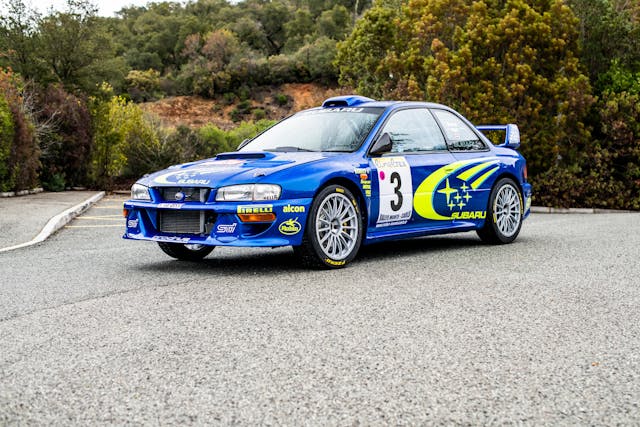
By the time this car hit the special stages, Subaru’s trophy case was already packed. After a modest competition start in the 1980s with the Leone, Subaru contracted with the British racing outfit Prodrive in 1989 to prepare its cars and run the Subaru Rally team. The initial weapon of choice was the Legacy, which was moderately competitive but not a title contender. Then, for 1993, a smaller, lighter, more nimble, and more promising choice arrived—the Impreza.
Subaru finally came out on top in 1995, with Colin McRae clinching the driver’s title and Subaru taking the manufacturer’s title in an Impreza decked out in the now-famous blue and yellow of British cigarette brand 555.
Subaru followed up with another manufacturer title in 1996 (Mitsubishi’s Tommi Mäkinen won the driver title). Looser homologation rules were introduced for the 1997 season to attract more teams to the WRC, but Subaru still managed to secure its third manufacturer title that year. The streak was broken in 1998, though, as Mitsubishi and Mäkinen took both championships.
Which brings us to 1999. Colin McRae departed the Prodrive-run Subaru team for Ford. Englishman Richard Burns, who had driven for Subaru in the early ’90s, returned to take McRae’s place. It was second place for both Burns and the team that season, during which he won the rallies at Acropolis, in Australia, and in Britain, and took second place in Finland and China. The car profiled here, chassis PROWRC99.011, was Burns’ mount for the Monte Carlo Rally, where he and codriver Robert Reid took second in three stages and took first in another before ignition issues forced the car’s retirement.
After Monte Carlo, Prodrive sold the car to a privateer who won several rallies in the French and Belgian Championships up until 2003. It wasn’t done, though, and sold to another owner who won the French Gravel Championship with it in 2004. A gravel regular for the next several years, it finally retired from competition in 2011 and was then restored in France over the course of five years.
Its original builders at Prodrive fully inspected it earlier this year. Included in the sale were lamp pod lights, a second set of wheels, and even the old Windows laptop that serves as its programming computer.
As for Richard Burns, he was runner up in the 1999 and 2000 seasons before finally taking his first driver’s championship in 2001, edging out Ford’s McRae by 2 points. Sadly, though, he died in 2005 of complications from a brain tumor. He remains the only Englishman to have won a driver’s title in the WRC.
At the Goodwood sale, Burns’ Monte Carlo Subaru fell within its £430,000–£520,000 presale estimate, bringing it in line with other Subaru greats that have crossed the auction block in recent years. In general, historic Subarus tend to sell for more than other modern rally cars. Some have brought prices in the low six-figure range, but more historically significant ones have brought quite a bit more.
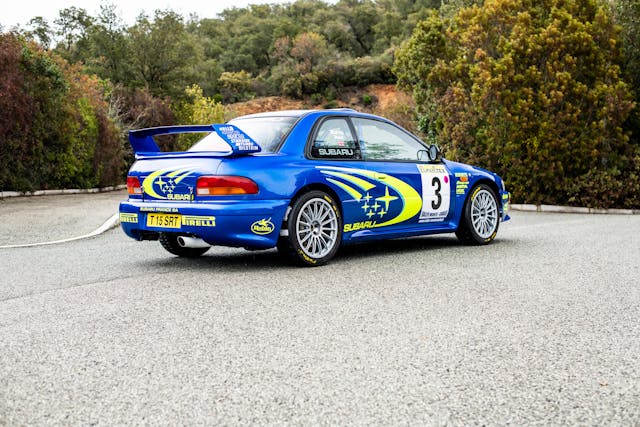
In 2017, Colin McRae’s 1996 WRC test car sold for £230,625 (nearly $300K at the time), but in 2021, Petter Solberg’s 2004 Rally Japan–winning Impreza sold for £369,000 ($522K), and a barn-find Impreza driven by both McRae and Carlos Sainz Sr. sold for $360K worth of Bitcoin in Australia in 2020. Ex-Burns Imprezas have included one of his 2001 cars that sold for £392,500 ($462K) last August and his 2000 Rally GB–winning car that sold for £610,000 ($865K) nearly two years ago.
Represented as “the most original WRC car in the world,” that is the most expensive Subaru ever sold publicly, but this 1999 car is a clear runner-up. Consider the price paid as evidence that interest in 1990s rally cars isn’t a fad but a maturing part of the market.
***
Check out the Hagerty Media homepage so you don’t miss a single story, or better yet, bookmark it. To get our best stories delivered right to your inbox, subscribe to our newsletters.
Via Hagerty Insider
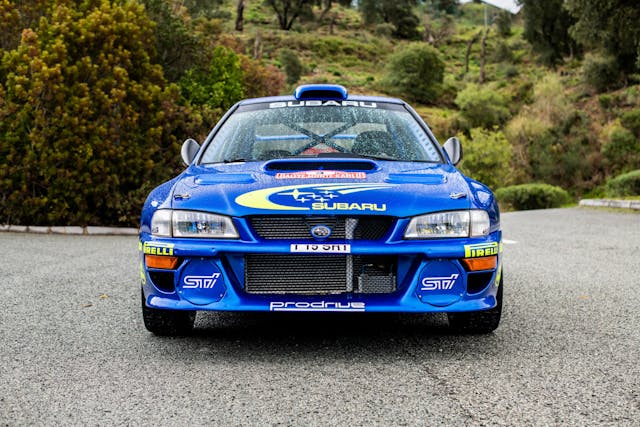



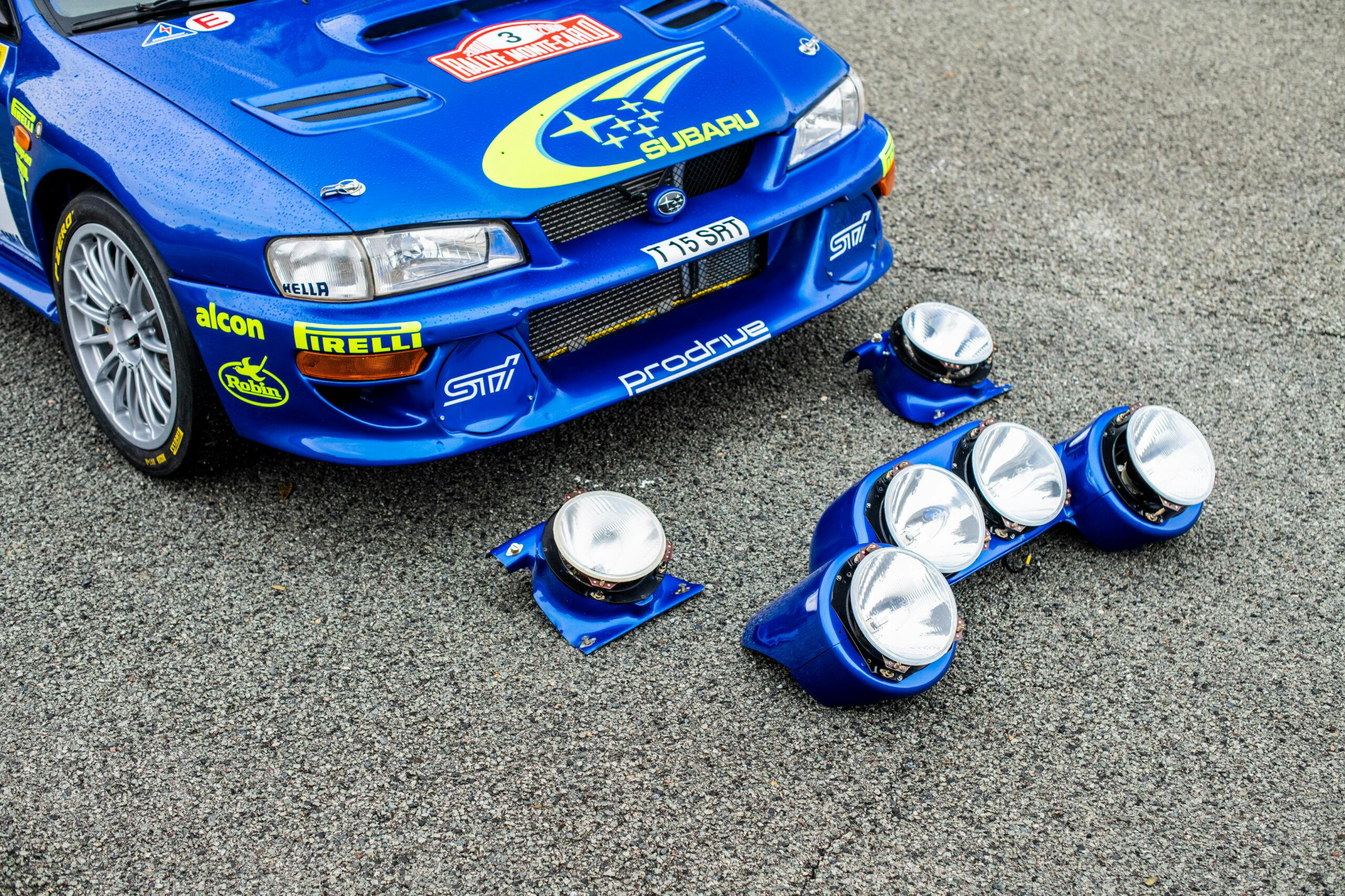
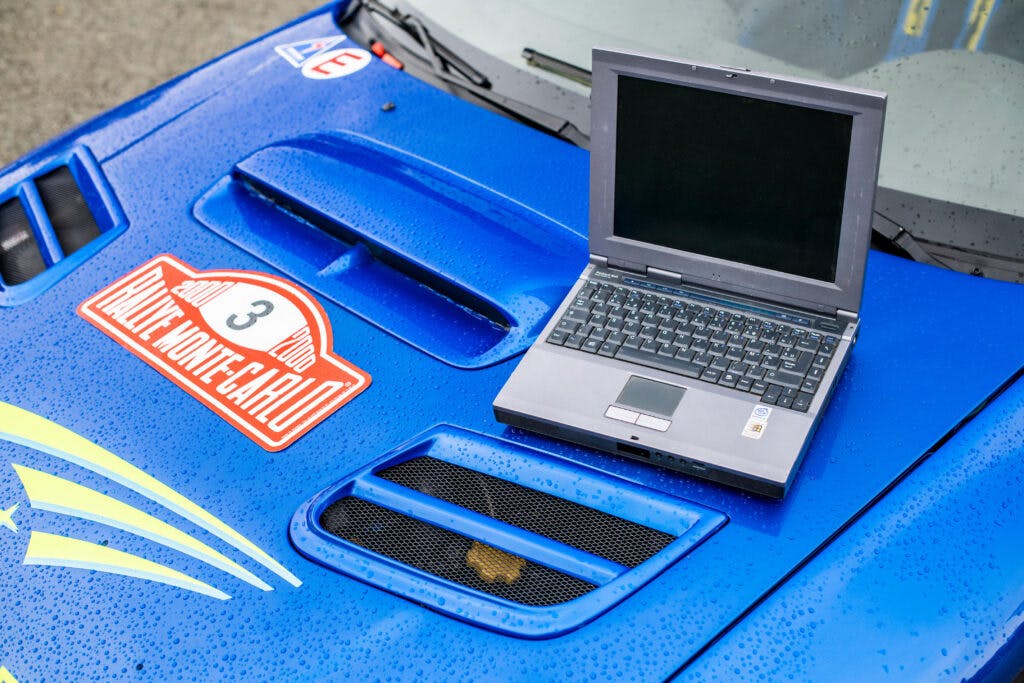
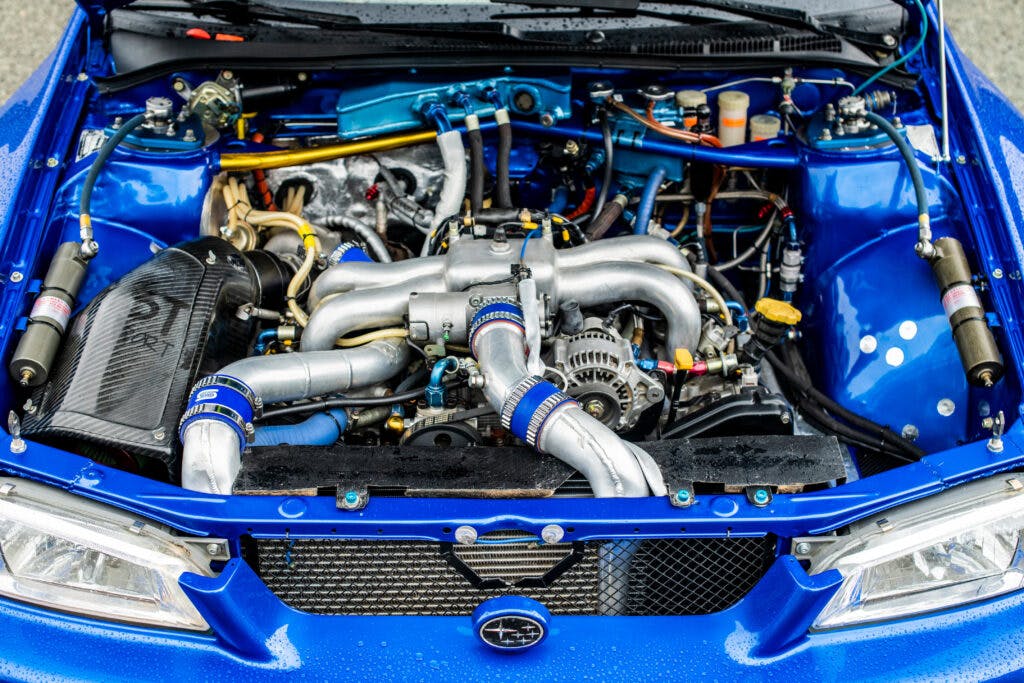
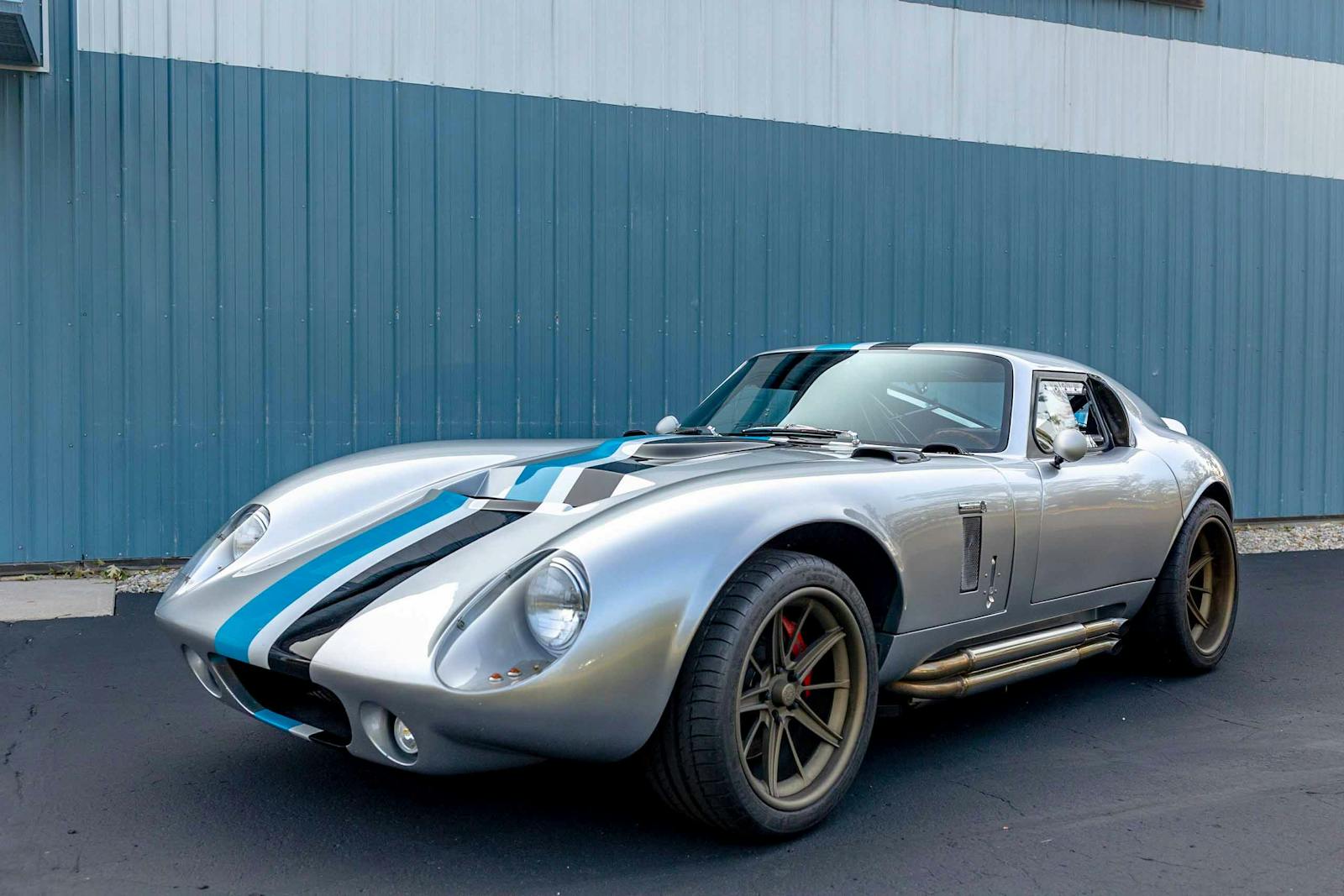
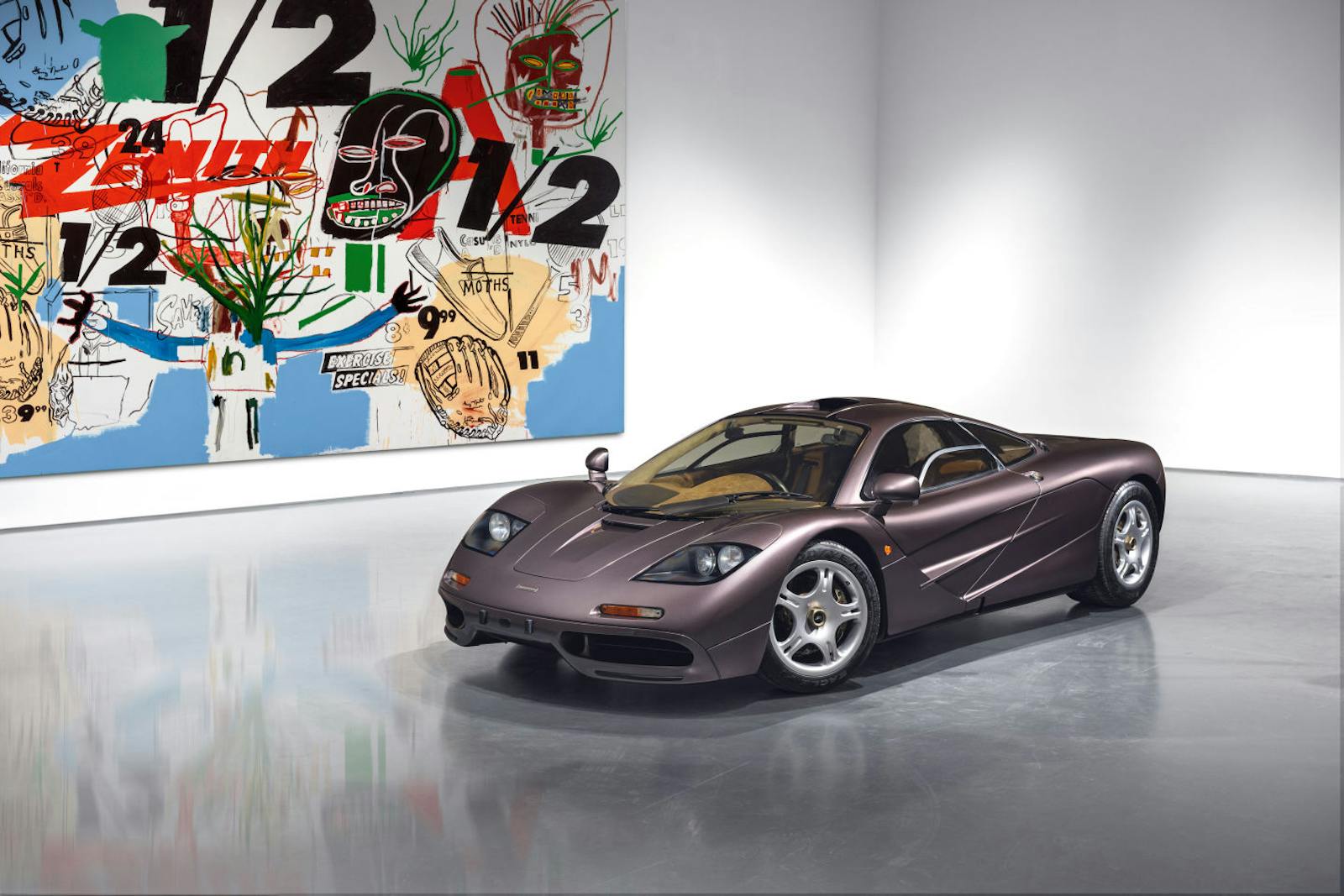
Seems fairly reasonable at this point, it’s like buying Petty’s Superbird for a different generation.
Agreed. To someone this like buying a Formula 1 race car that their favorite driver was in. It will sell for some big money.